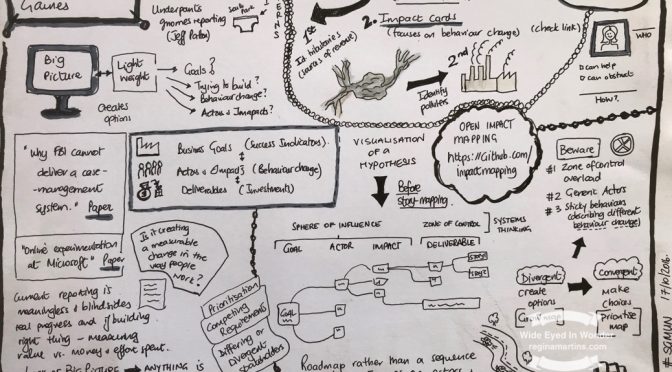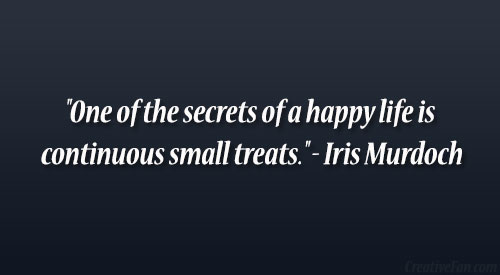Some years ago I did a course on speed reading. I am a naturally fast reader, but to read even faster was something I wanted to learn. I mean there are so many books out there I want to read.
The thing with speed reading is that it’s a technique that needs practice – much like a muscle needs constant work to keep its shape.
Using your peripheral vision
Thomas Oppong, founder @Alltopstartups writes in his article How to Teach Yourself to Read an Entire Book in a Single Day about learning to use your peripheral vision. This was one of the things I was taught to do in the course, which is the core idea behind speed reading.
“Using your peripheral vision allows you to read with fewer eye fixations because your vision span is wider and you can see, read, and process more words at a time.” (Thomas Oppong)
This helps you to read in clumps, which is “a collection of 4 to 16 adjacent words that you read in a single glance. When you read in clumps, you naturally increase your speed because you can’t slow down to vocalize (speak or hear the words as you read them).”
What is subvocalisation?
The reason we don’t read fast is that we’re verbalising the individual words in our minds as we read them. This is called subvocalisation, “or silent speech, is the internal speech typically made when reading; it provides the sound of the word as it is read.[1][2] This is a natural process when reading and it helps the mind to access meanings to comprehend and remember what is read, potentially reducing cognitive load.[3] This inner speech is characterized by minuscule movements in the larynx and other muscles involved in the articulation of speech.” (Wikipedia).
A good technique to learn to read in clumps is to run your finger across the sentences as you read them. Forget what teachers told in school – running your finger across the sentences does work, and you’ll see your speed increase as you’re taking in the clumps of words. This simple act helps you focus on what you’re reading and you’ll naturally start to engage your peripheral vision. Eventually, you’ll not need to do this anymore.
But what about comprehension?
Much of the criticism for speed reading rests on how much you retain or comprehend when speed reading, and personal preferences to savour each word, idea or concept as they’re read.
Thorin Klosowski says in his article The Truth About Speed Reading that it is “a skill peddled by supposed experts” and goes on to take a look at different methods.
He writes about skimming (glancing through text looking for the parts to read), metaguiding (as mentioned above, using your finger to help you focus) and Rapid Serial Visual Presentation (where “single words flash on the screen so you’re concentrating on a single word at a time”).
He ends off by saying:
“Personally, I’ve tried all the above methods, and they’re too exhausting for me. It takes a lot of focus and mental effort to speed read, and when you do it you’re missing out on information. I like the fact that when I’m reading a book or article I can take a few moments to pause and think about an idea. With speed reading, these moments are gone. I might consume a ton of information, but I don’t feel like I actually process it. That defeats the purpose of reading for me.” (Thorin Klosowksi)
My fit-for-purpose reading techniques
Ultimately it is about you, and what you prefer, like a fit-for-purpose reading technique. For example, I use my peripheral vision for emails, skim documents because they carry a lot of ‘gumpfh’ to get to the real meaty stuff, I deliberately slow down to savour each word when reading my favourite authors, and I take notes and use sketching techniques when I want to connect with, interpret and apply what I’m reading.

©2018 Regina Martins
So, dear reader, what reading techniques do you use and are they context specific?

